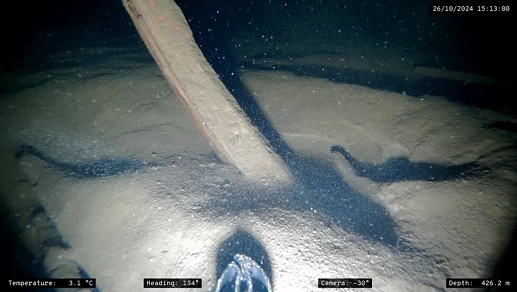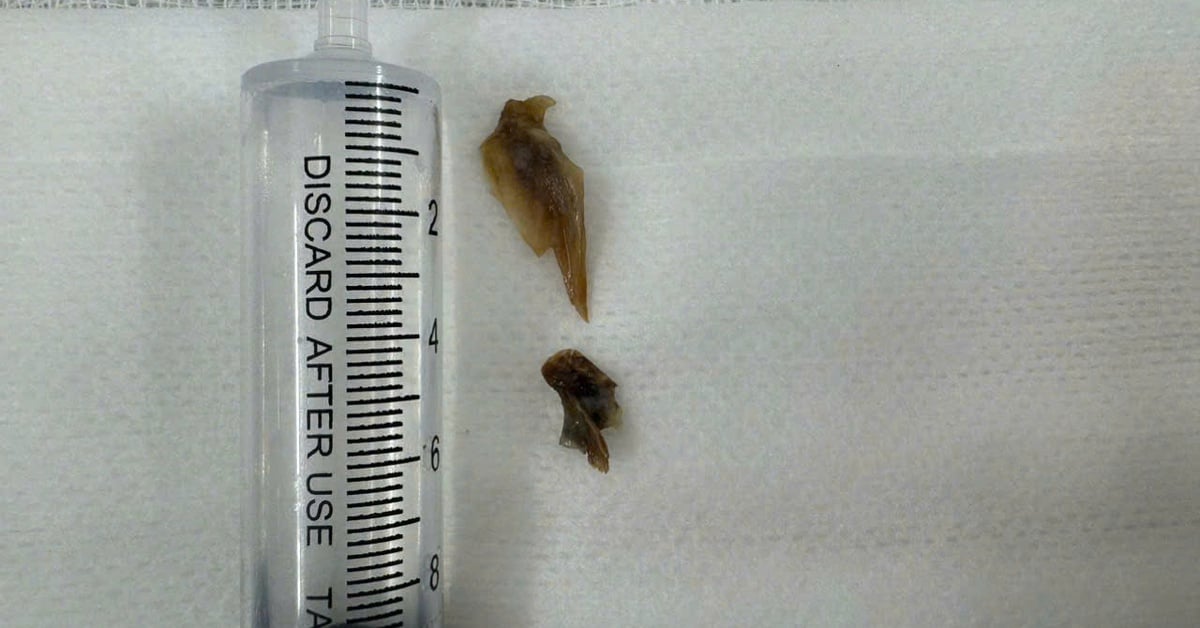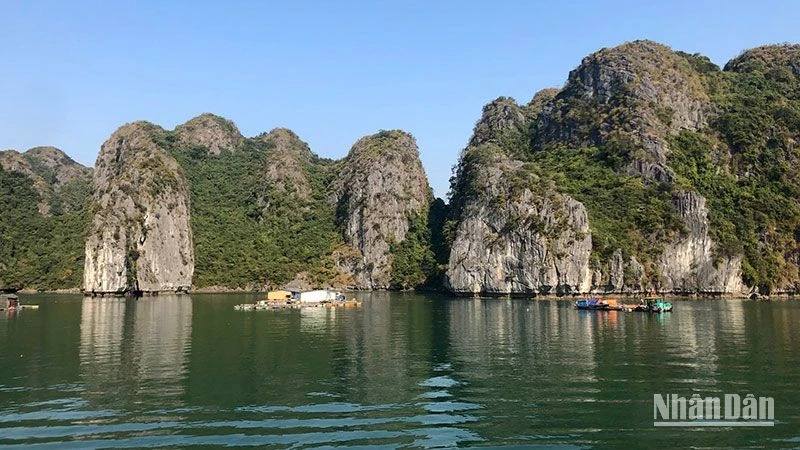A shipwreck discovered by Norwegian researchers in the country's Lake Mjøsa has been dated to around seven centuries ago.
 |
| Mysterious shipwreck from centuries at the bottom of Norway's largest lake. (Source: Live Science) |
The wreck, which now lies at a depth of about 400 metres, was first found in 2022 by an autonomous underwater vehicle (AUV) that was on a mission to map the lake floor for the Norwegian military.
The discovery caught the attention of researchers at the Norwegian University of Science and Technology (NTNU) in Trondheim, but it wasn’t until October that they had the opportunity to visit the site.
NTNU maritime archaeologist Øyvind Ødegård told Live Science that he and his colleagues studied the wreck for about an hour using an unmanned underwater vehicle (ROV) tethered to a boat on the surface. But technical issues and bad weather prevented the researchers from using the drone to collect wood samples for radiocarbon dating, so the exact age of the wreck won't be determined until they return next spring.
However, some visible features of the wreck suggest the ship was built between 1300 and 1700, Mr Ødegård said.
Lake Mjøsa is the largest lake in Norway and is located about 100 km north of the capital Oslo. It covers more than 360 km2, but only a few km2 of the lakebed has been mapped. The lake has been an important trade route for the many prosperous communities that have lived on its shores since at least the eighth century.
He said the wreck now lies at the bottom of Lake Mjøsa in deep, calm water, but the lake in that area has strong currents.
The mystery vessel is believed to have been a cargo and passenger vessel, Ødegård said. Such vessels were once widely used on Norwegian lakes, but their construction made them unsuitable for open sea travel.
The study found that the ship had a large rudder at the stern for steering, Ødegård said. The ship was built from wooden planks, with the hull planks being relatively wide, and showing signs that they were cut with axes, rather than saws, in a shipyard.
The 2022 discovery was made using an AUV operated by the Norwegian military, but the new study used an ROV operated by Blueye University.
Source: https://baoquocte.vn/kham-pha-xac-tau-dam-bi-an-nhieu-the-ky-trong-ho-lon-nhat-na-uy-294278.html



![[Photo] General Secretary To Lam chairs the Standing Meeting of the Central Steering Committee on preventing and combating corruption, waste and negativity](https://vstatic.vietnam.vn/vietnam/resource/IMAGE/2025/3/25/839ea9ed0cd8400a8ba1c1ce0728b2be)

![[Photo] Minister of Defense presides over inspection of parade and march training](https://vstatic.vietnam.vn/vietnam/resource/IMAGE/2025/3/25/35c2dd58a3e840d3a8cd615e70e89039)
![[Photo] Nhan Dan Newspaper celebrates the 94th anniversary of the founding of the Ho Chi Minh Communist Youth Union](https://vstatic.vietnam.vn/vietnam/resource/IMAGE/2025/3/25/5571705682934ac5be5014ce171facb4)



















































































Comment (0)